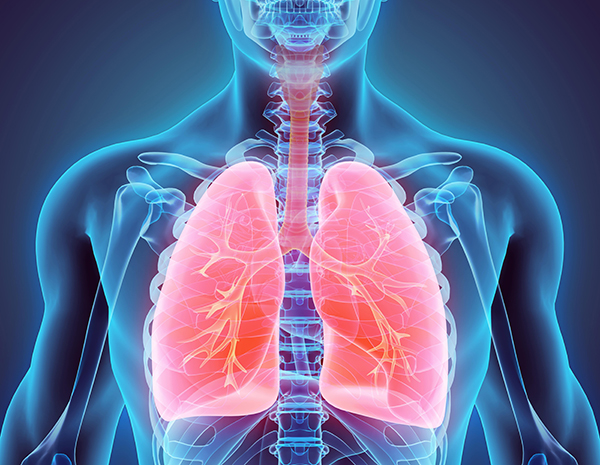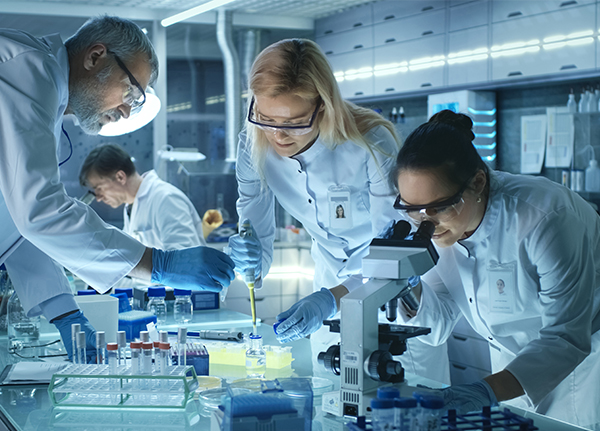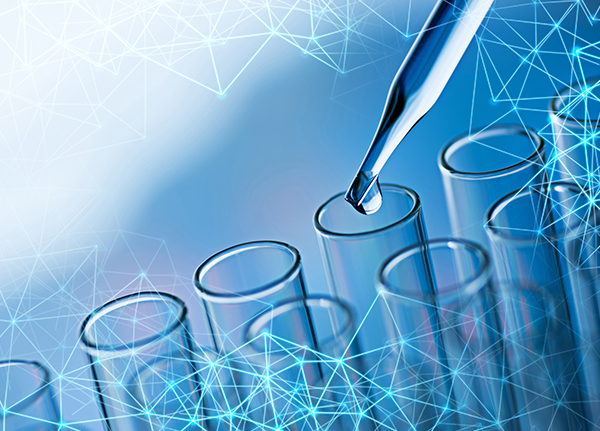NATIONALLY RECOGNIZED
DRUG DEVELOPMENT EXPERTS
ABOUT SARCOMED USA
SarcoMedUSA, INC. formed in 2017 was developed to determine if SM001 could improve Pulmonary Sarcoidosis. SarcoMed has assembled a nationally recognized team of drug development experts to move SM001 (alidornase) into the clinic. In 2021, our team was able to successfully complete a Pre-IND meeting with the Pulmonary Division of the FDA, which granted us orphan status.
Pulmonary Sarcoidosis is a signicant market opportunity, with potential to generate over a billion dollars in annual revenue and help address a signicant unmet need for the world wide patient population. SarcoMed is also exploring additional indications for SM001 such as Adult Respiratory Distress Syndrome, Idiopathic Pulmonary Fibrosis and Cystic Fibrosis


WHAT IS SARCOIDOSIS?
Sarcoidosis is a heterogeneous, systemic disease characterized by noncaseating granuomatous inflammation affecting many organs. Almost 90% of the patients develop pulmonary sarcoidosis with the lung and mediastinal lymph nodes representing the most common sites affected by a sustained and progressive inflammation. The prevalence of sarcoidosis varies between different ethnic groups with the highest prevalence among Scandinavians and African Americans, while only rarely reported among Arabians and Asians. Sarcoidosis occurs in younger adults, typically peaking between 20 and 39 years of age.



